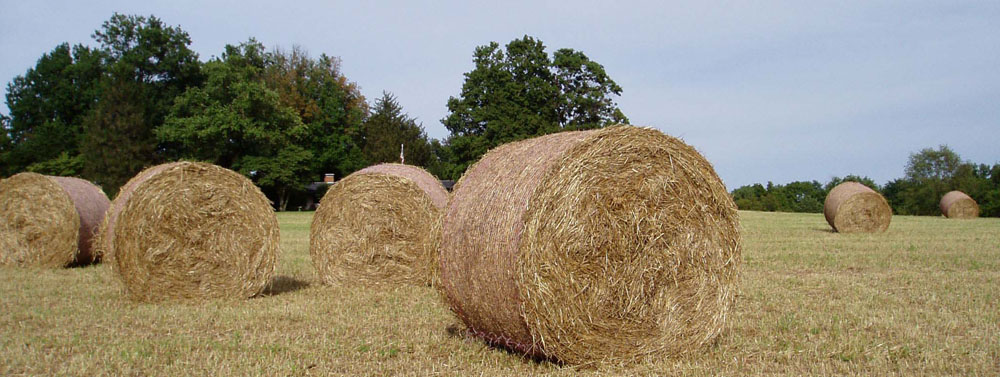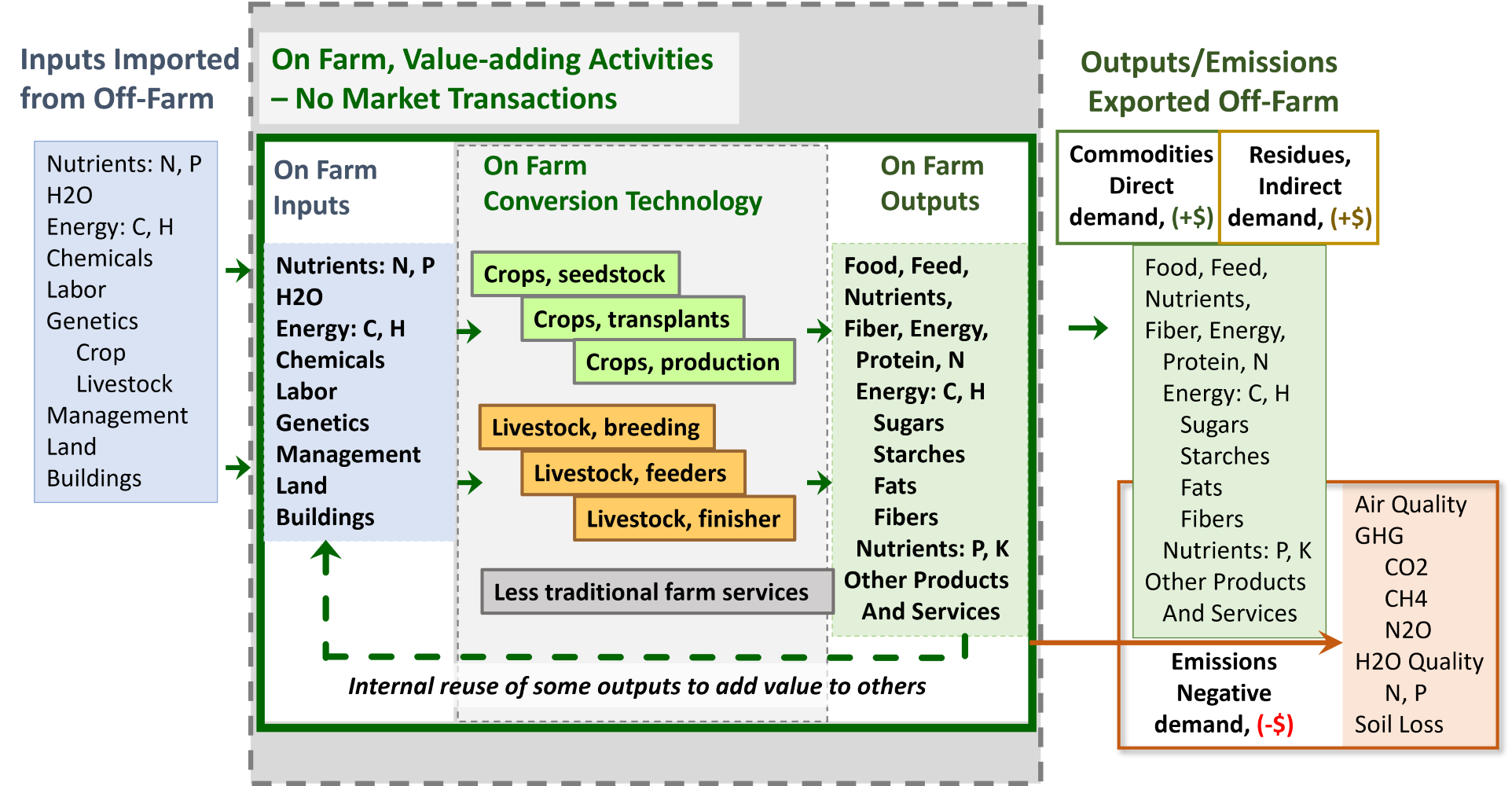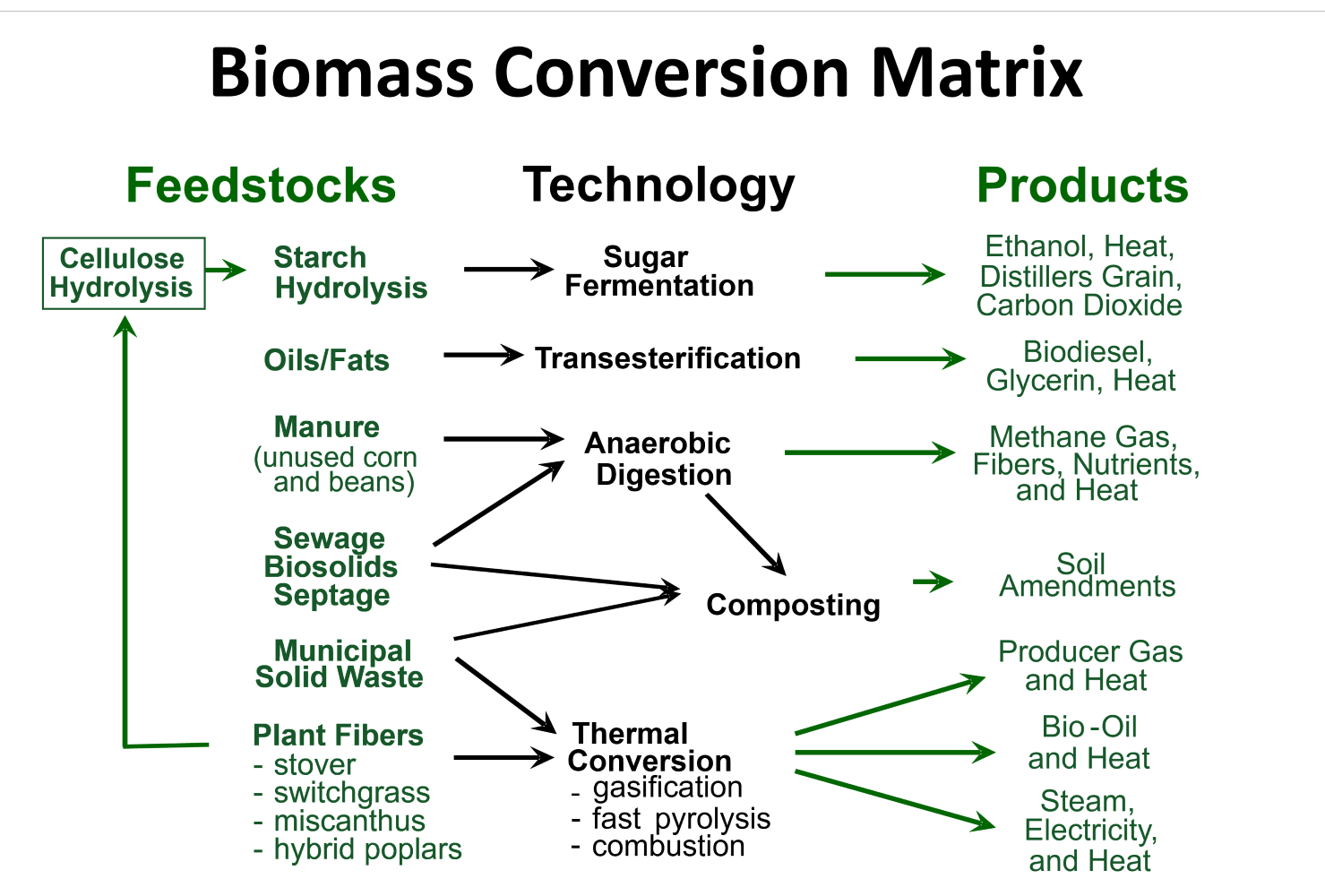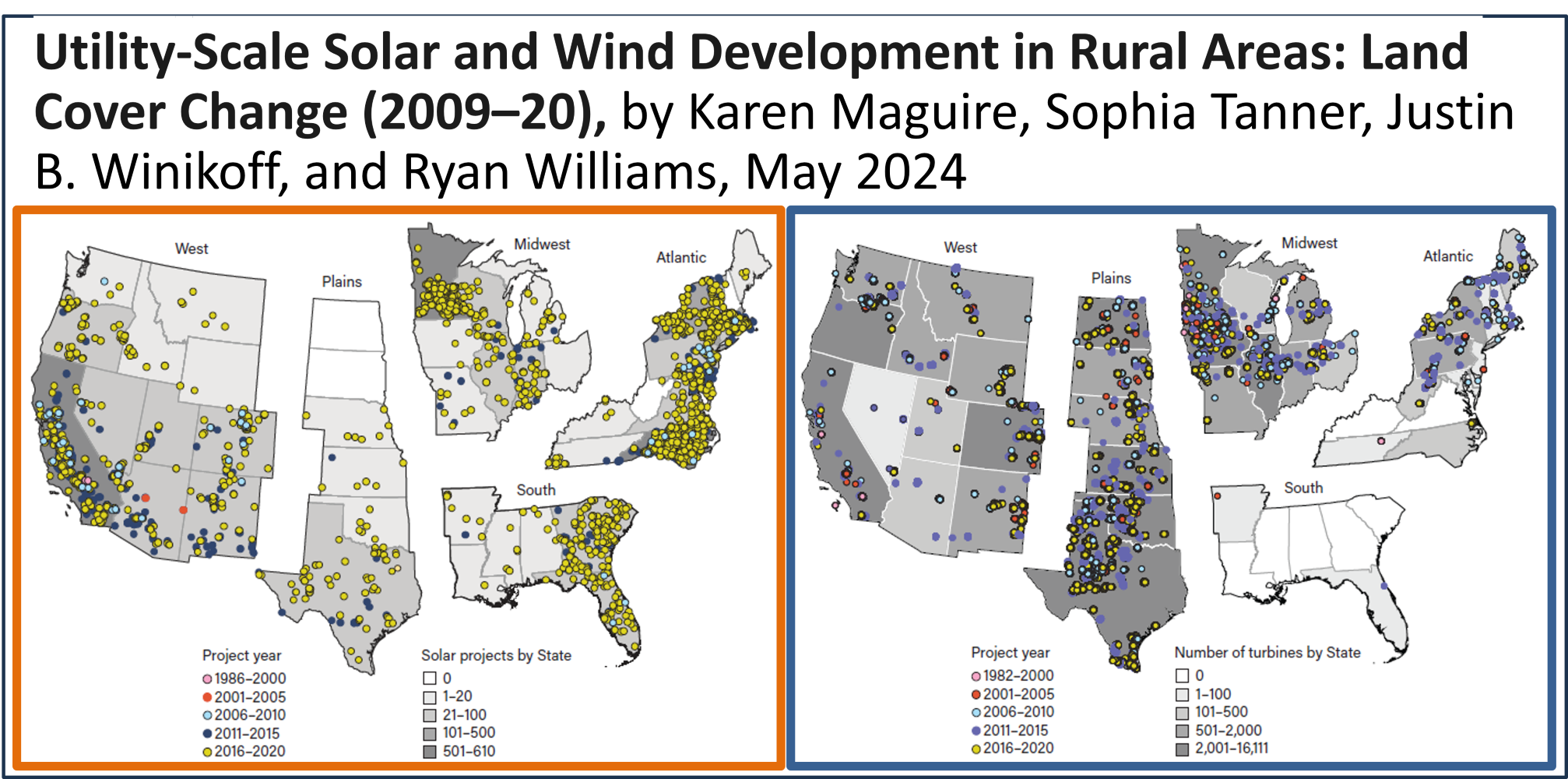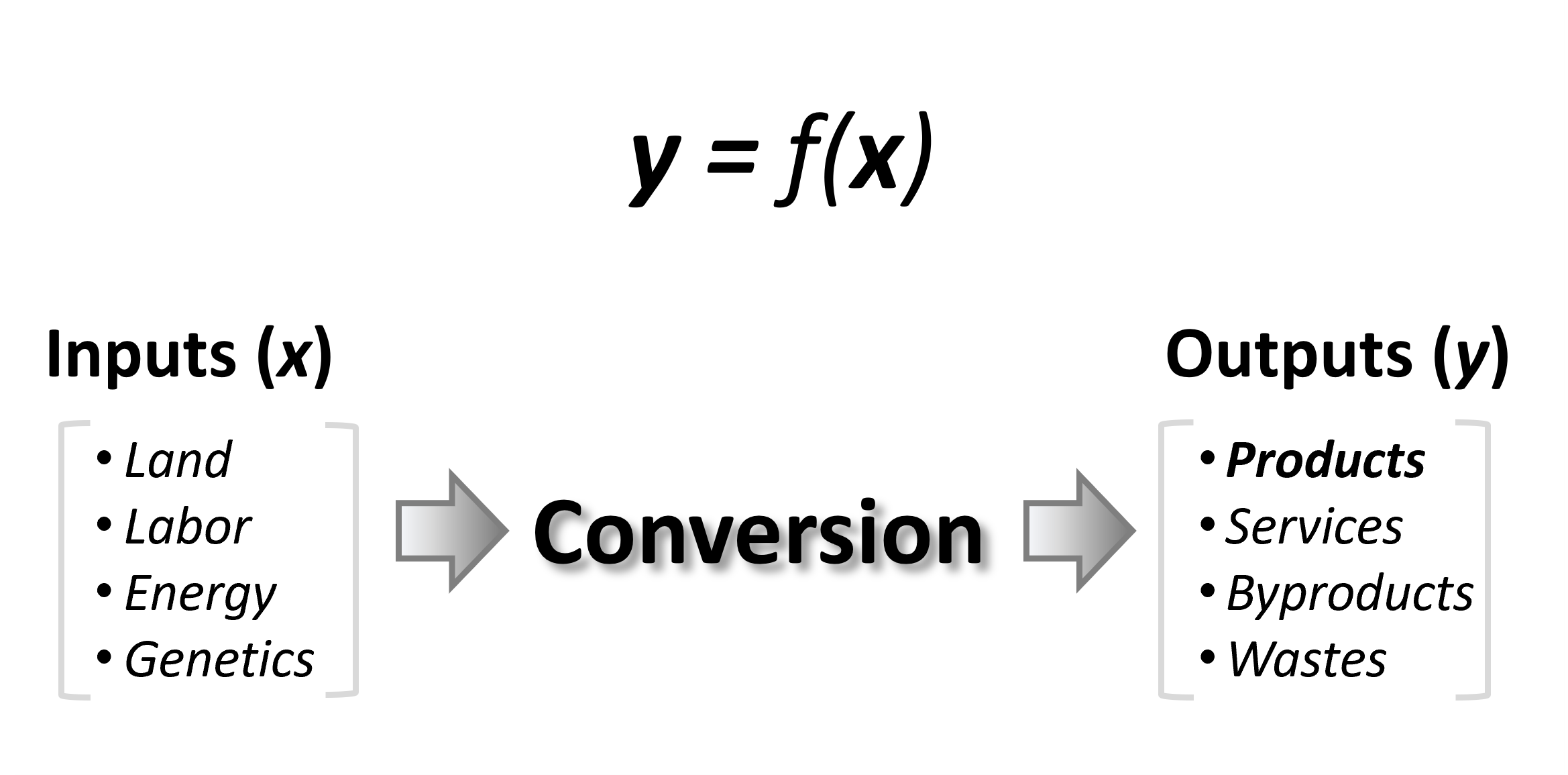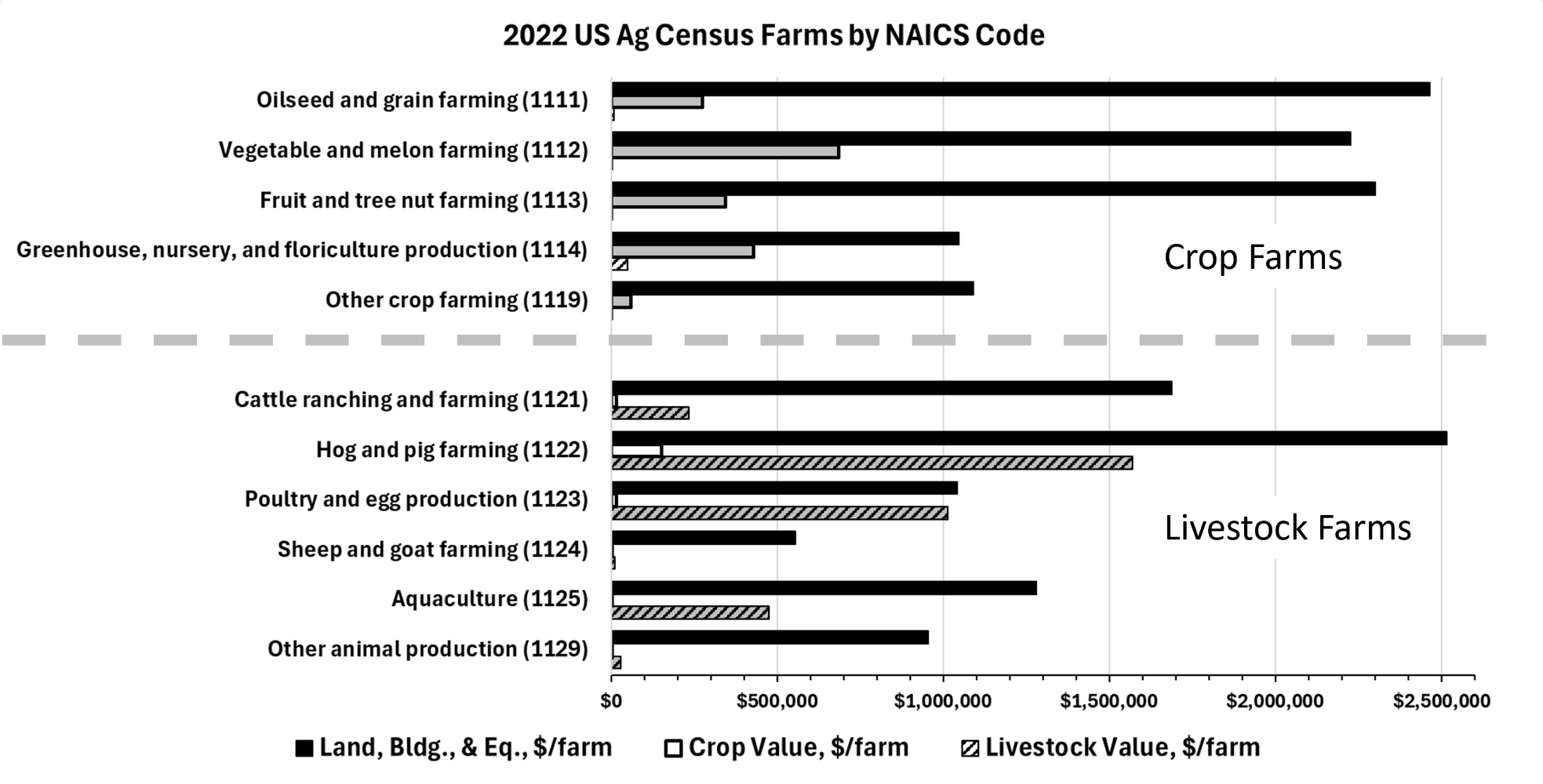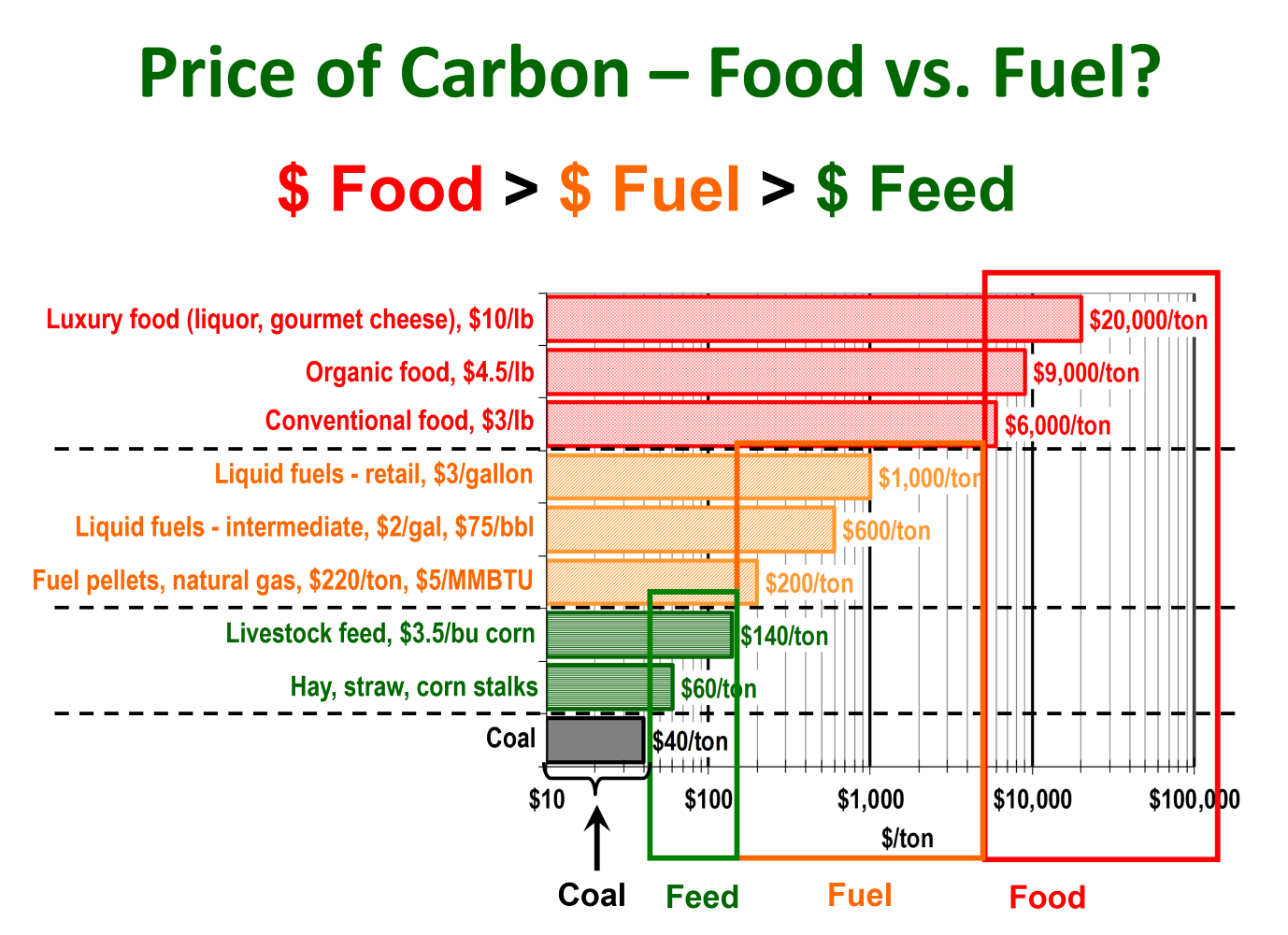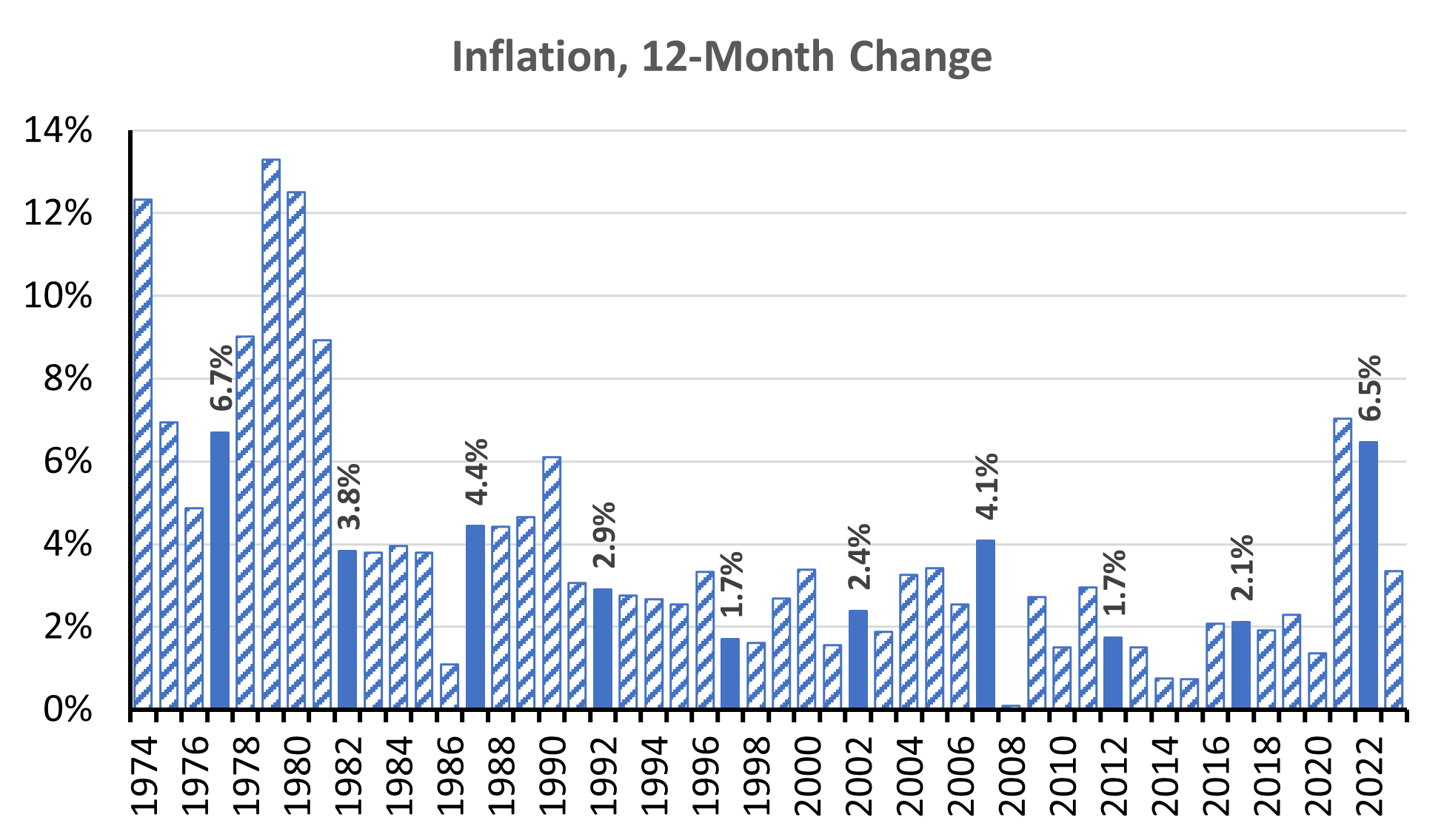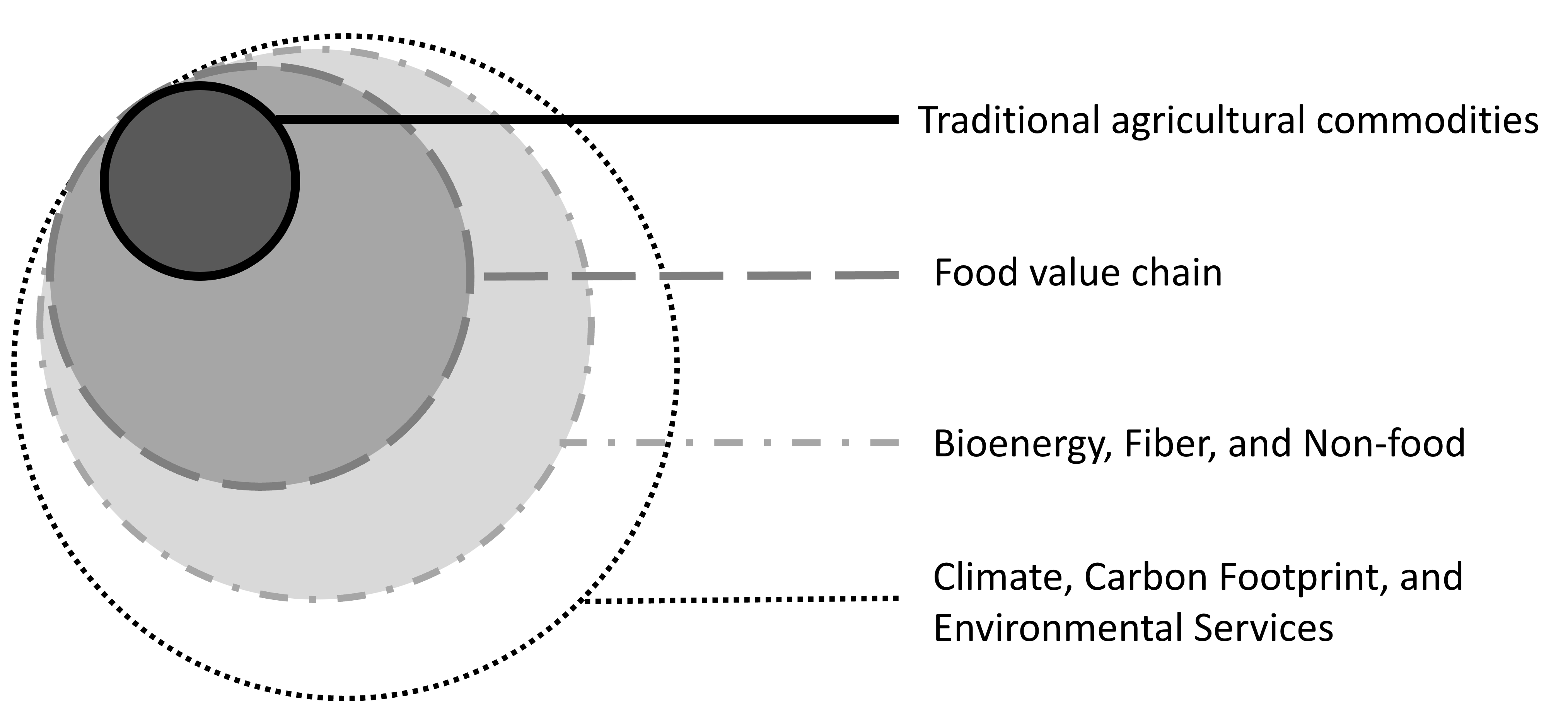Byproduct Value in Closed and Open Production Systems
What in the farm-data mess is this? …It is a map to providing pathways for turning wastes into revenues. This is Part 4 in stepping through the impact of technology on making the world better economically and ecologically. Recall: Outputs … Continue reading →

